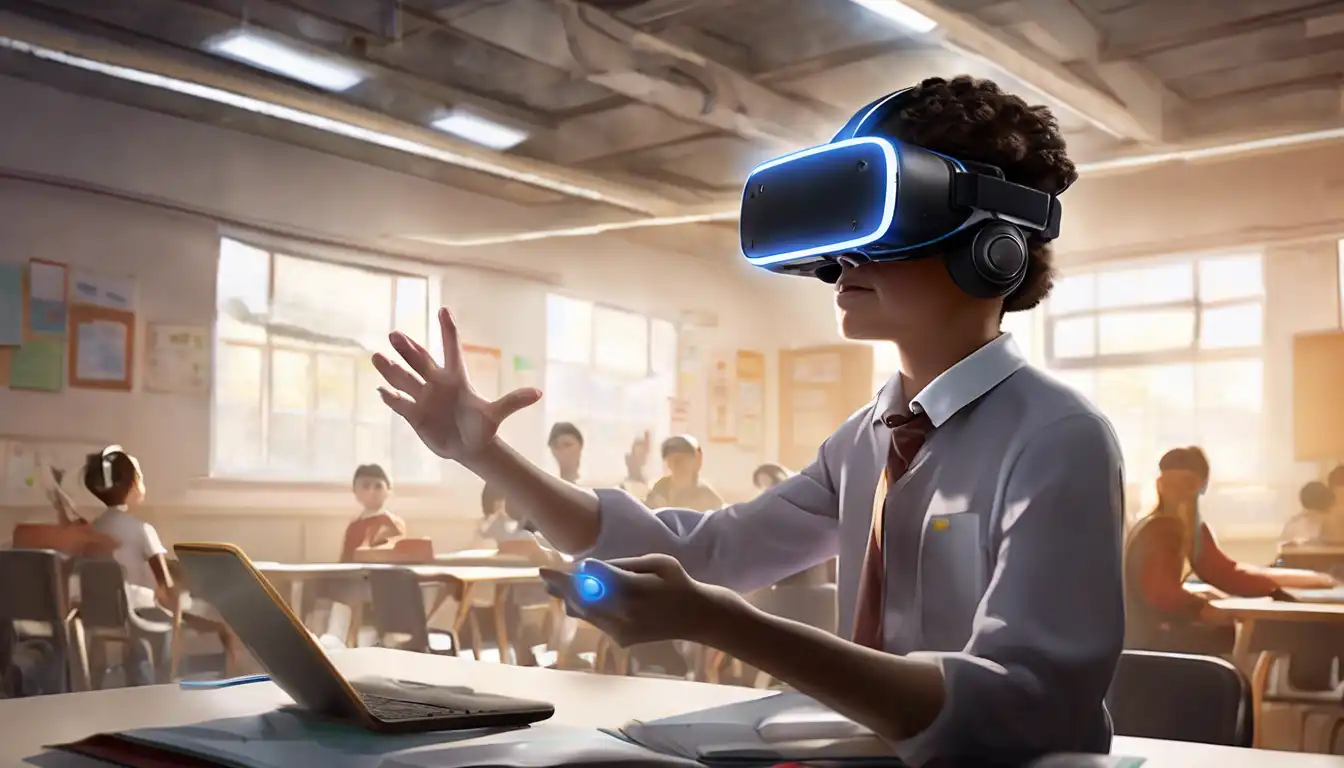The Transformative Impact of Virtual Reality on Learning and Development
Virtual Reality (VR) technology has been making waves across various sectors, but its potential in education and training is particularly groundbreaking. By creating immersive, interactive environments, VR offers unparalleled opportunities for experiential learning, skill development, and engagement. This article delves into how VR is reshaping the educational landscape and the benefits it brings to learners and trainers alike.
Why VR in Education and Training?
VR's ability to simulate real-world scenarios in a controlled, virtual space makes it an ideal tool for education and training. From medical students practicing surgeries to mechanics learning to repair engines, VR provides a safe, cost-effective, and scalable solution for hands-on learning. Moreover, VR can cater to different learning styles, making education more inclusive and effective.
Key Benefits of VR in Learning
- Enhanced Engagement: VR's immersive nature captures learners' attention like no other medium, leading to higher retention rates.
- Safe Learning Environment: High-risk professions can train in virtual scenarios without real-world consequences.
- Accessibility: VR can bring distant or inaccessible locations and experiences into the classroom.
- Customizable Learning Experiences: Educators can tailor VR content to meet specific learning objectives and student needs.
Real-World Applications of VR in Education and Training
Several industries are already leveraging VR for training and education. For instance, in healthcare, VR simulations allow medical students to practice procedures without risking patient safety. In the corporate sector, VR is used for soft skills training, such as leadership and communication. Additionally, historical VR experiences can transport students back in time, offering a vivid, engaging way to learn history.
Challenges and Considerations
Despite its potential, VR in education and training faces challenges, including high costs, technical limitations, and the need for specialized content development. However, as technology advances and becomes more affordable, these barriers are gradually being overcome.
The Future of VR in Education and Training
The future of VR in education and training looks promising, with advancements in AI and machine learning further enhancing its capabilities. As VR becomes more integrated into curricula and training programs, it will continue to transform how we learn, teach, and develop skills.
For more insights into the latest trends in educational technology, check out our EdTech Trends article.
